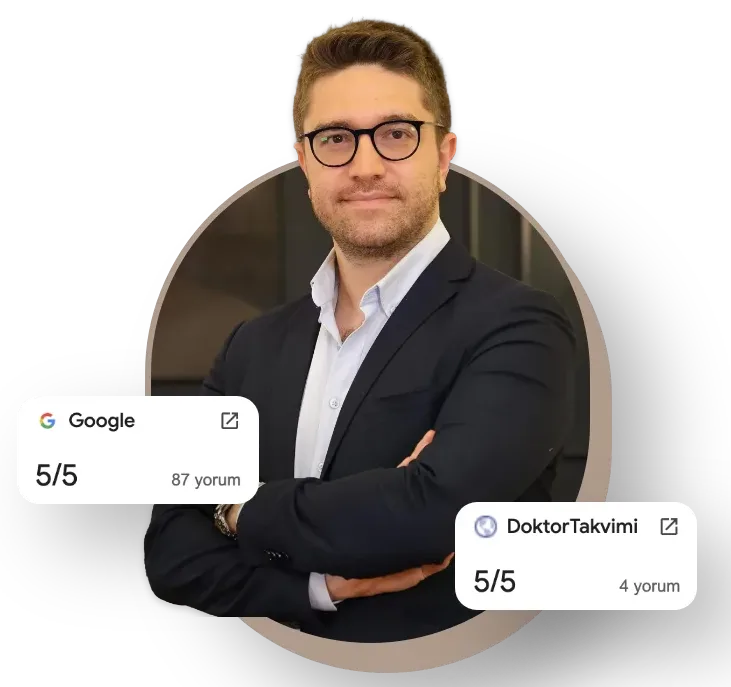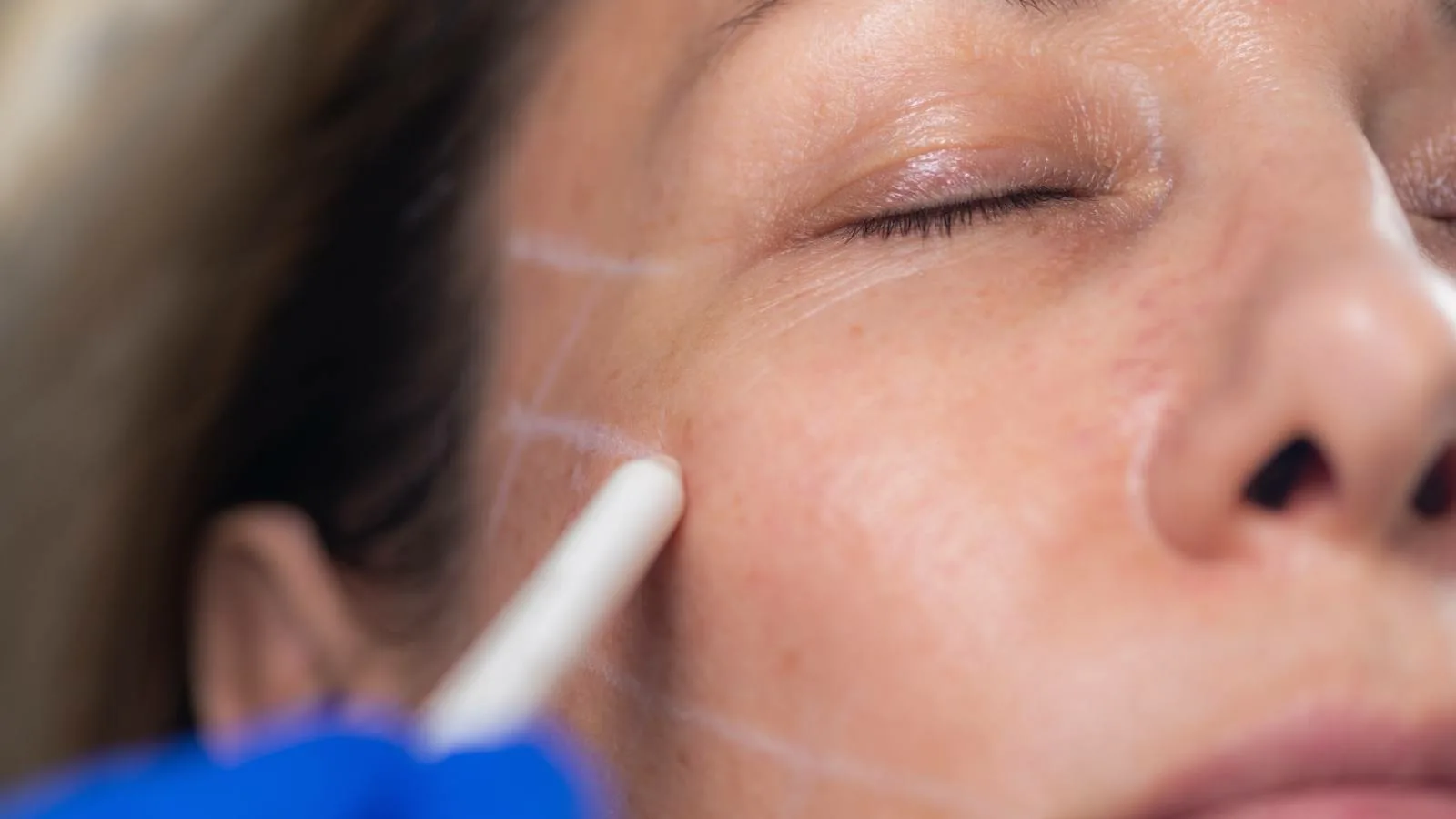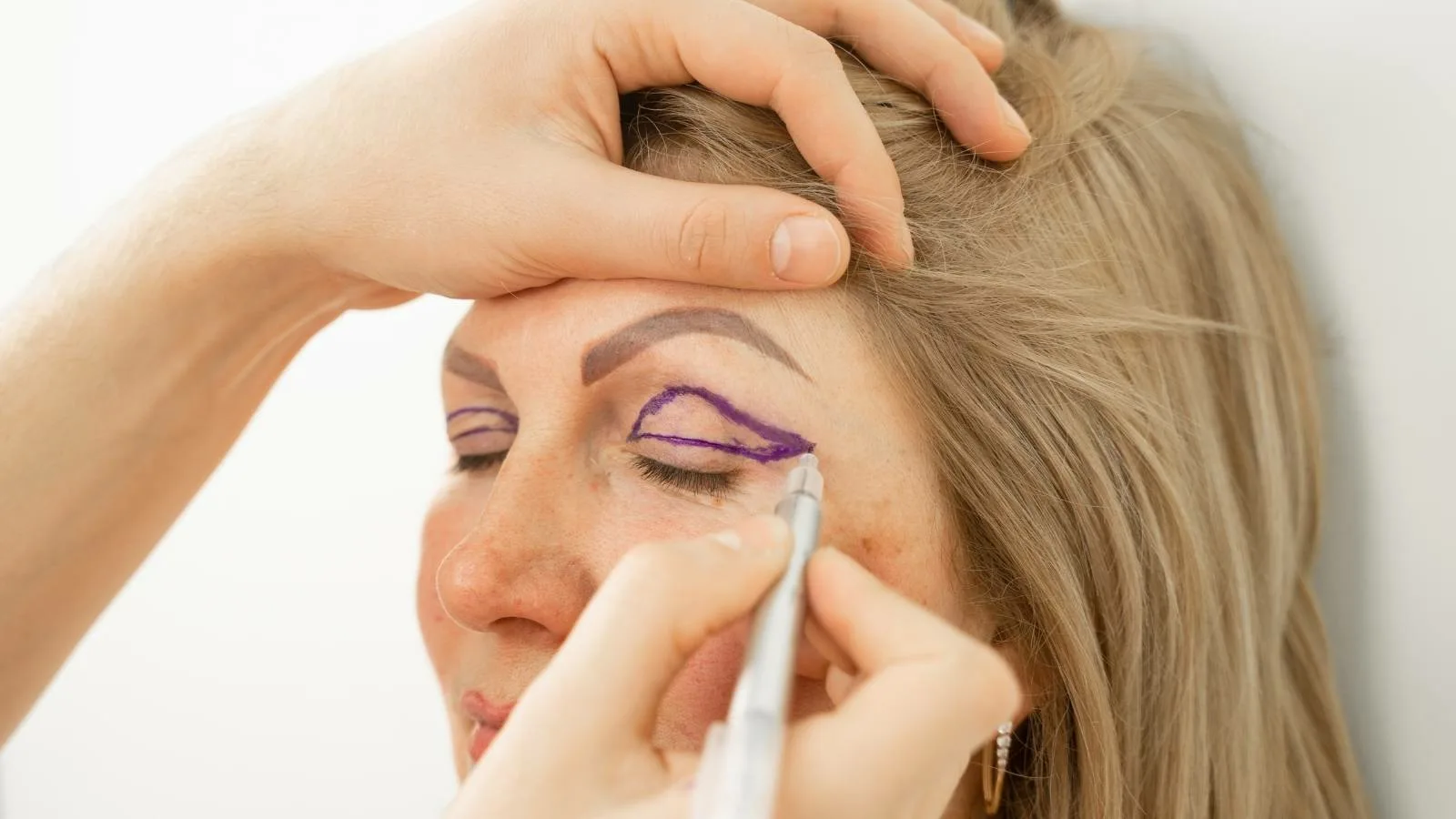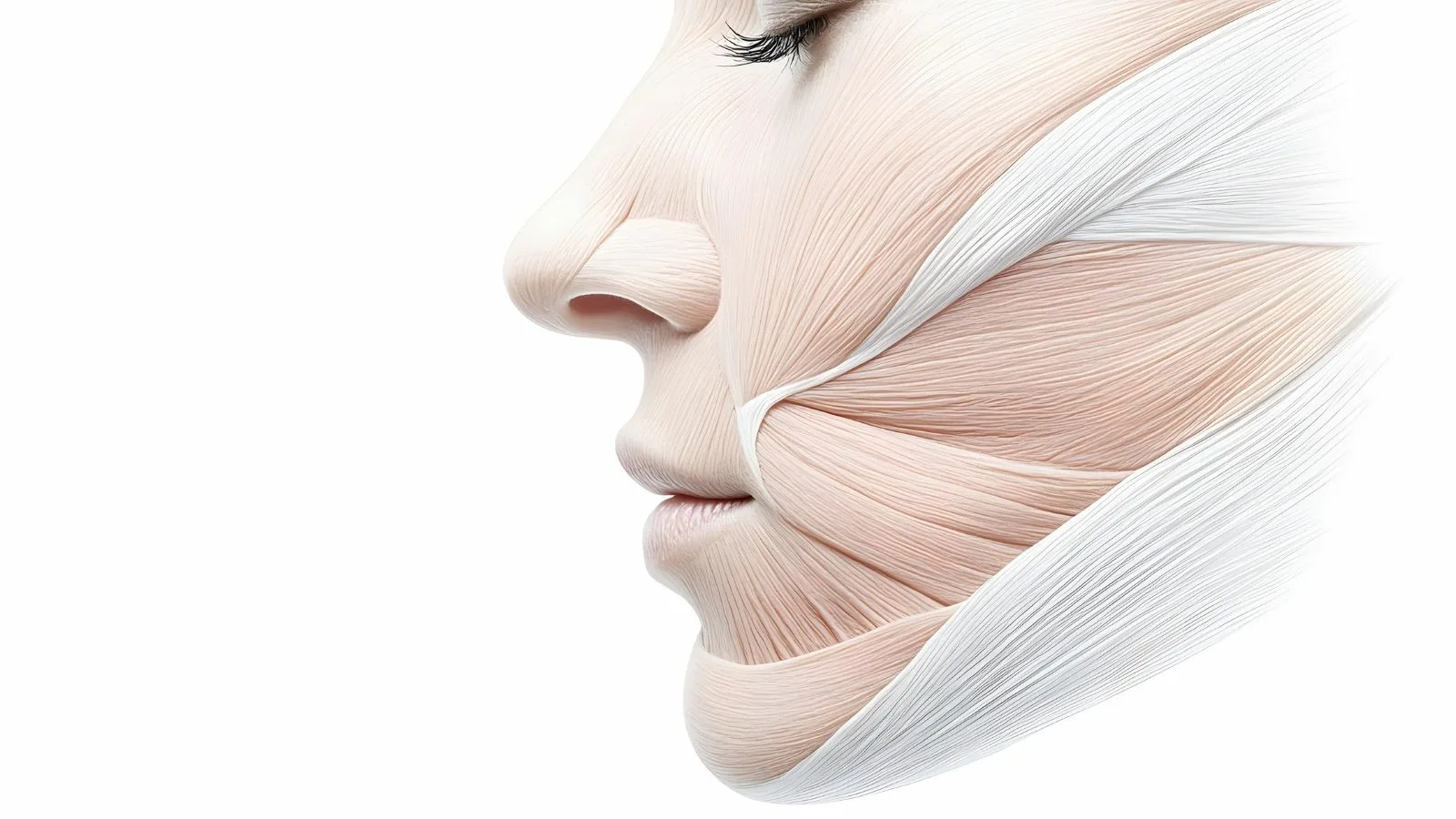In the United States, bichectomy is a popular facial contouring procedure, especially among patients looking to achieve a more defined cheek structure. With doubled pricing, the cost typically ranges from $6,000 to $10,000 USD, depending on the surgeon, clinic, and whether the procedure is done under local or general anesthesia. Cosmetic surgery hubs like Los Angeles, Miami, and New York often charge at the upper end, particularly if bichectomy is paired with chin lipo or jawline contouring.
In the United Kingdom, private clinics generally offer bichectomy at prices between £5,000 and £9,000, especially in London and other major cities. Pricing may vary based on the facility and whether the procedure includes additional facial sculpting treatments. This cosmetic surgery is not covered by the NHS, as it is performed solely for aesthetic enhancement.
In Australia, bichectomy costs between AUD 8,000 and AUD 14,000, depending on the surgeon’s experience and clinic location. Sydney and Melbourne are popular destinations for this procedure, and prices may increase if performed in hospital settings or combined with other facial refinement techniques. In Canada, the average cost ranges from CAD 7,000 to CAD 12,000, particularly in Toronto, Vancouver, and Montreal. The procedure is fully elective and not covered by public health plans.
Which Clinic and Hospital Choices Affect Bichectomy Prices?
The cost of a bichectomy operation can differ depending on the quality of the healthcare facility chosen and the scope of services provided. First and foremost, the reputation and level of expertise of the center where the operation will be performed are influential factors. Clinics with a strong reputation that operate under international standards and work with specialist surgeons typically offer their services at higher prices. This reflects the sense of trust provided to patients and the high standard of care.
The geographical location of the healthcare facility also plays a decisive role in cost. In large cities, particularly at prestigious centers specializing in aesthetic surgery, prices tend to be higher. The reason is that such centers have advanced technological equipment and cater to a wider patient base. However, clinics in smaller cities or less well-known facilities generally have more affordable price ranges.
Additionally, the range of services the clinic provides and their postoperative care policies affect the price. Some clinics include postoperative follow-up appointments and necessary medications in their package prices, while others may charge extra for these services. The type of anesthesia used is also a significant factor in determining costs; procedures under general anesthesia are usually more expensive than those under local anesthesia.
How Do the Surgeon’s Experience and Expertise Determine Bichectomy Costs?
The surgeon’s experience and expertise are among the most important factors that directly influence both the success and the cost of a bichectomy procedure. Experienced surgeons not only offer the best aesthetic results, but they also have a distinct advantage in minimizing the risks of complications. This reflects the knowledge and professional experience they have accumulated over the years.
The length of professional experience enhances a surgeon’s ability to handle complex cases. A surgeon who has worked with different patient profiles for many years can provide an approach tailored to each individual’s anatomical and aesthetic needs. This helps achieve more predictable results during and after the operation.
The surgeon’s educational background and the certifications they possess determine their level of competence. Particularly in the field of aesthetic surgery, a surgeon who has had advanced training and holds internationally recognized certifications can greatly improve the quality of the procedure. This level of expertise instills confidence in patients and is often associated with higher costs.
A surgeon’s knowledge of new techniques and technologies ensures that the methods used in the operation are current and effective. Advanced techniques can lead to shorter recovery times and more natural-looking results. Such expertise enhances a surgeon’s reputation, which is reflected in the cost.
How Does Geographic Location Change Bichectomy Fees?

Geographic location is a decisive factor in the prices of aesthetic surgery procedures, shaped by a variety of different elements. Factors such as a region’s economy, overall cost of living, and access to aesthetic surgery services directly affect bichectomy fees. For example, the high cost of living in major cities increases clinical operating expenses, which in turn is reflected in the service prices. Especially expenditures like rent, staff salaries, and technical equipment result in higher prices in large cities compared to smaller settlements.
The regional distribution of aesthetic surgery specialists is also an important factor. Across Turkey, the number of specialist physicians varies between provinces; in big cities, this ratio is higher, while it’s more limited in rural areas. This situation can cause prices to rise in smaller cities if demand exceeds supply. On the other hand, the competitive environment in big cities can lead to more competitive pricing. However, high demand for aesthetic surgery can increase the cost of certain procedures.
In recent years, Turkey has come to the forefront in medical tourism and has become a preferred destination for aesthetic surgery among international patients. Particularly in major cities like Istanbul, Ankara, and Izmir, the demand from foreign patients can influence the clinics’ pricing policies. The strong interest in internationally standardized services in these areas may lead to higher bichectomy fees.
How Do the Scope and Complexity of a Bichectomy Operation Affect Its Price?
The scope and complexity of the operation are among the most significant factors determining the cost of a bichectomy. These parameters vary based on the patient’s facial anatomy, skin characteristics, and desired outcome. Every individual’s facial structure is different, so the extent of the surgery and the technical requirements are planned specifically for each patient. For instance, in cases where minimal fat removal is required, the procedure can be completed in a shorter time, whereas removing larger volumes of fat can make the surgical intervention more complex. These technical differences directly affect the duration of the procedure and, consequently, the cost.
Surgical techniques also represent a crucial factor in determining the complexity of the operation. Although minimally invasive methods offer faster recovery and fewer complications for patients, they require a high level of technical expertise from the surgeon. Preserving sensitive structures in the facial area is directly related to the surgeon’s experience and skills, and this is an important factor affecting cost.
Additionally, individual factors such as the patient’s age and skin elasticity can increase the complexity level of the operation. Particularly as skin elasticity decreases with age, the surgeon must work more carefully. Moreover, combining bichectomy with other procedures such as a facelift or chin aesthetics expands the scope of the operation and raises the cost.
How Do Techniques and Technologies Used Shape Bichectomy Costs?
Bichectomy is a surgical procedure performed to accentuate the patient’s facial contours and provide a more aesthetic appearance. One of the most important factors determining the cost of this operation is the surgical technique and technology used. Surgeons choose different techniques depending on each patient’s needs, and the characteristics of these techniques directly influence the operation’s duration, complexity, and final cost.
Open surgical methods are performed via external incisions in the cheek area and are generally used for removing larger quantities of fat. Since this method requires a broader surgical field, the operation takes longer and the recovery period can be extended. This often results in a higher cost. Minimally invasive techniques, on the other hand, are carried out through small incisions inside the mouth, leaving no external scars. Because they provide faster recovery and less tissue trauma, these methods are often considered a more economical option. However, the suitability of minimally invasive techniques depends on the patient’s anatomical structure and the surgeon’s experience.
The technological devices used during a bichectomy also represent another factor influencing the cost. Laser-assisted devices or ultrasonic aspiration systems increase surgical precision and shorten the recovery period. However, these advanced technologies can incur additional costs.

Op. Dr. Erman Ak is an internationally experienced specialist known for facial, breast, and body contouring surgeries in the field of aesthetic surgery. With his natural result–oriented surgical philosophy, modern techniques, and artistic vision, he is among the leading names in aesthetic surgery in Türkiye. A graduate of Hacettepe University Faculty of Medicine, Dr. Ak completed his residency at the Istanbul University Çapa Faculty of Medicine, Department of Plastic, Reconstructive and Aesthetic Surgery.
During his training, he received advanced microsurgery education from Prof. Dr. Fu Chan Wei at the Taiwan Chang Gung Memorial Hospital and was awarded the European Aesthetic Plastic Surgery Qualification by the European Board of Plastic Surgery (EBOPRAS). He also conducted advanced studies on facial and breast aesthetics as an ISAPS fellow at the Villa Bella Clinic (Italy) with Prof. Dr. Giovanni and Chiara Botti.
Op. Dr. Erman Ak approaches aesthetic surgery as a personalized art, tailoring each patient’s treatment according to facial proportions, skin structure, and natural aesthetic harmony. His expertise includes deep-plane face and neck lift, lip lift, buccal fat removal (bichectomy), breast augmentation and lifting, abdominoplasty, liposuction, BBL, and mommy makeover. He currently provides safe, natural, and holistic aesthetic treatments using modern techniques in his private clinic in Istanbul.









